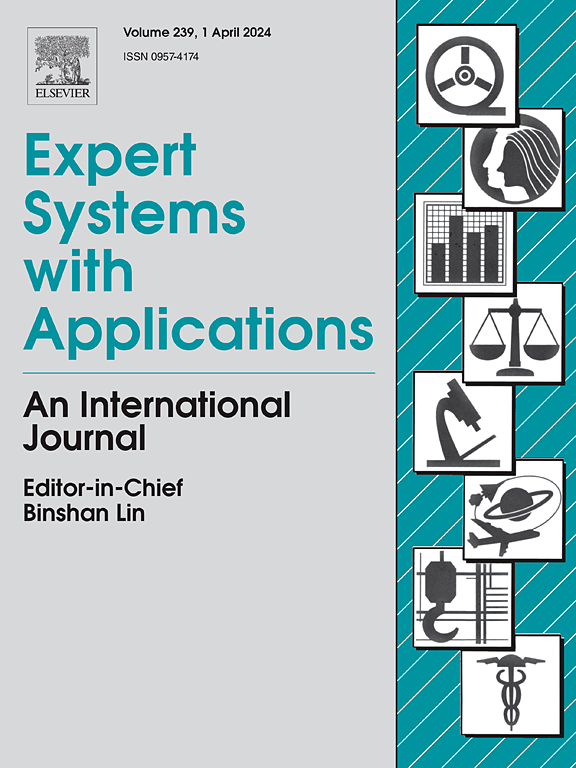Autonomous in-situ modeling for virtual building models in digital twins
IF 7.5
1区 计算机科学
Q1 COMPUTER SCIENCE, ARTIFICIAL INTELLIGENCE
引用次数: 0
Abstract
A virtual building model (VBM) is a mathematical representation that serves as a virtual replica, depicting the physical behavior of real building systems in a building digital twin (DT). DT-enabled building operations leveraging VBMs have contributed to reducing energy consumption during building operations. In-situ modeling approaches strive to develop accurate VBMs; however, the autonomous development of VBMs using these approaches remains unexplored. To address this gap, this study introduces an autonomous in-situ modeling (AIM) method, representing the first attempt to autonomously develop an unobserved virtual model. AIM aims to calibrate pre-built models using autonomously developed virtual models. This method was applied to predict evaporator inlet temperatures in a real operating heating, ventilating, and air conditioning (HVAC) system, as well as the secondary-side supply water pressure in a district heating substation (DHS) system. The effectiveness of the AIM-developed virtual evaporator inlet temperature model was evaluated by comparing the results with expert-developed virtual models. The AIM-driven target virtual model achieved a root mean squared error (RMSE) accuracy of 0.40 °C, compared to 0.73 °C when expert intervention was involved. The AIM-driven virtual secondary-side supply water pressure model achieved an RMSE of 0.16 Pa, indicating that AIM can serve as a generalizable algorithm applicable to various building energy systems. These results validate AIM’s feasibility and highlight its potential to extend the virtual model infrastructure within a DT environment. This advancement paves the way for DT-enabled autonomous building operation.
求助全文
约1分钟内获得全文
求助全文
来源期刊

Expert Systems with Applications
工程技术-工程:电子与电气
CiteScore
13.80
自引率
10.60%
发文量
2045
审稿时长
8.7 months
期刊介绍:
Expert Systems With Applications is an international journal dedicated to the exchange of information on expert and intelligent systems used globally in industry, government, and universities. The journal emphasizes original papers covering the design, development, testing, implementation, and management of these systems, offering practical guidelines. It spans various sectors such as finance, engineering, marketing, law, project management, information management, medicine, and more. The journal also welcomes papers on multi-agent systems, knowledge management, neural networks, knowledge discovery, data mining, and other related areas, excluding applications to military/defense systems.
 求助内容:
求助内容: 应助结果提醒方式:
应助结果提醒方式:


